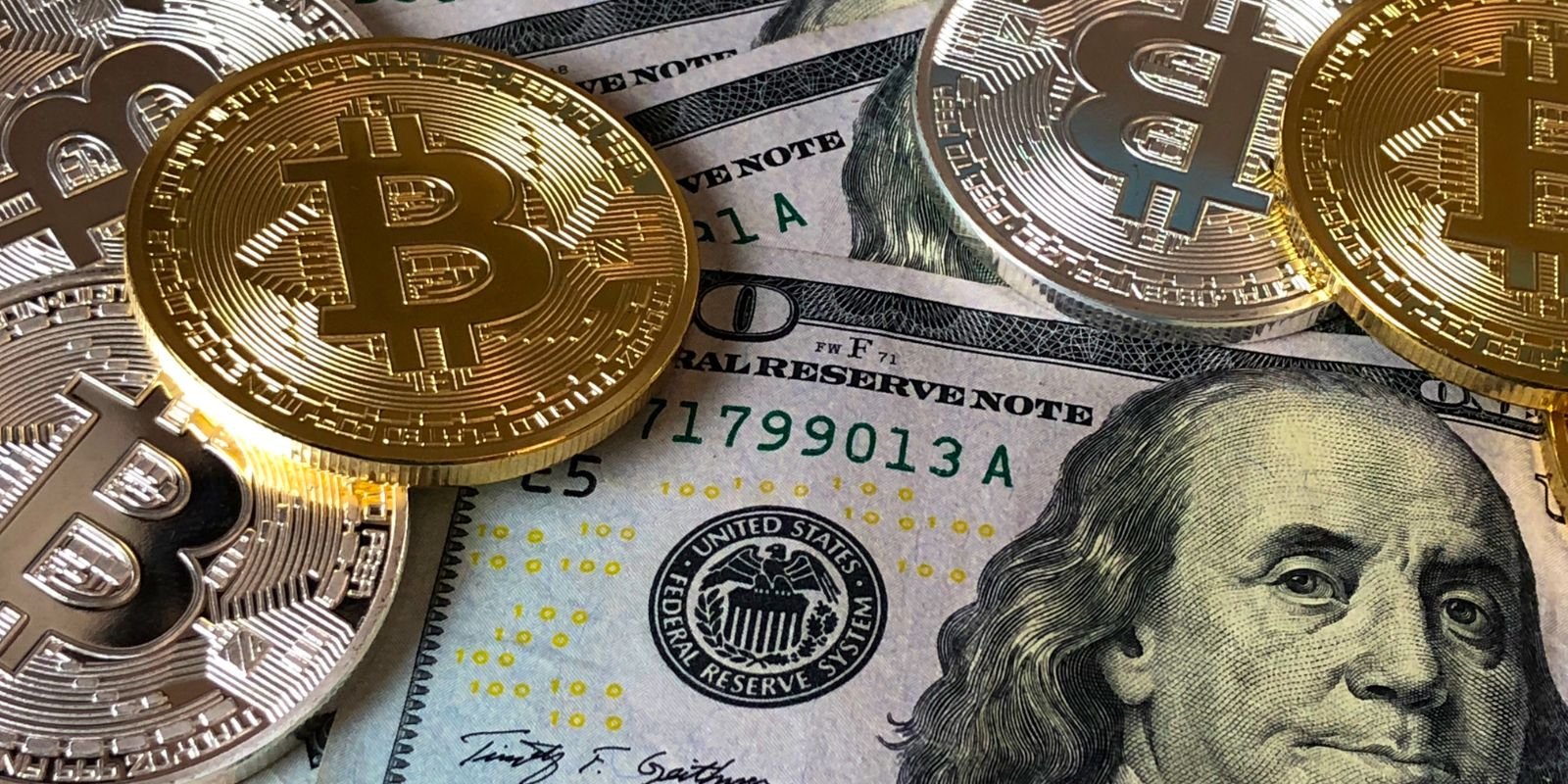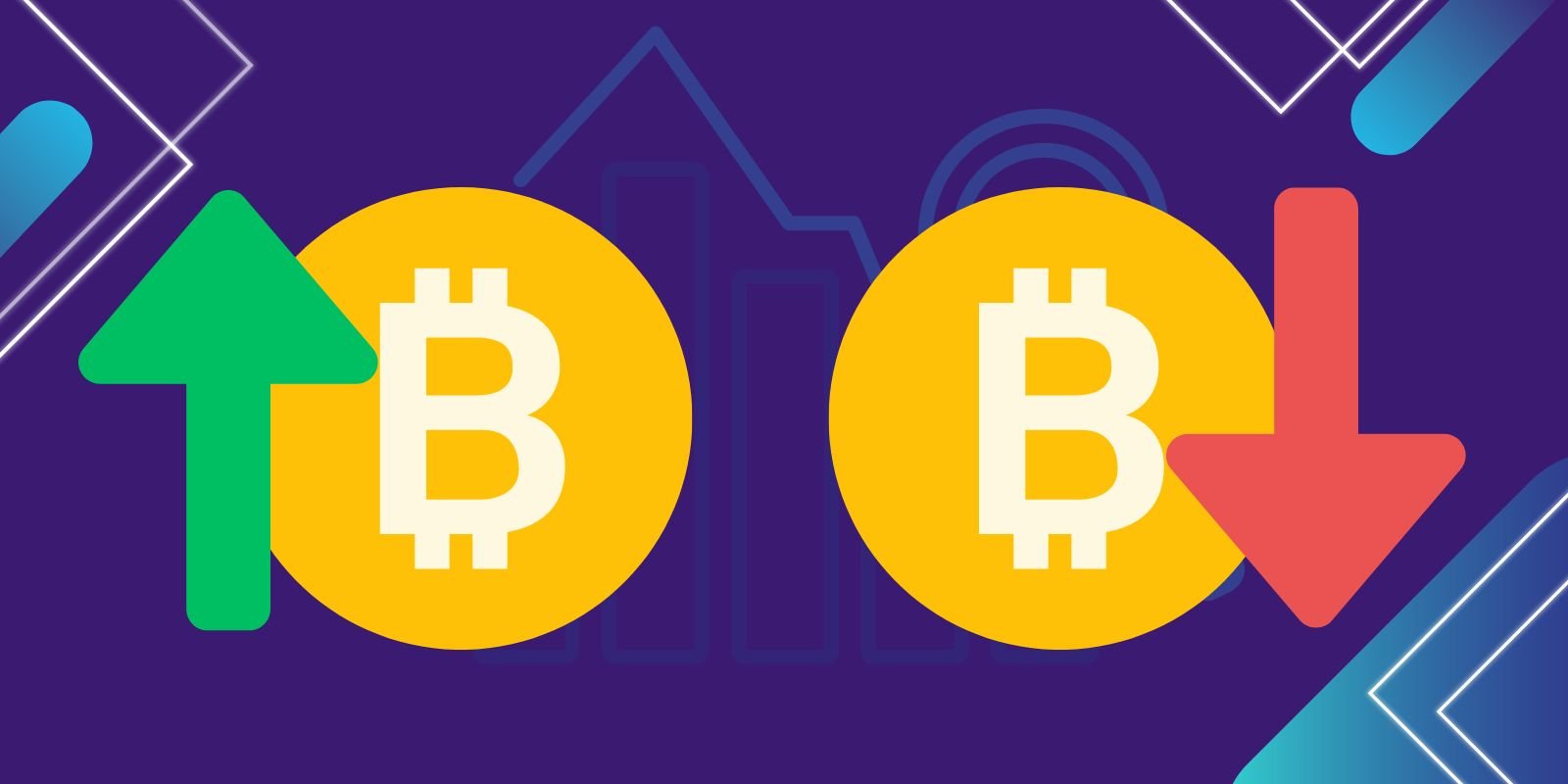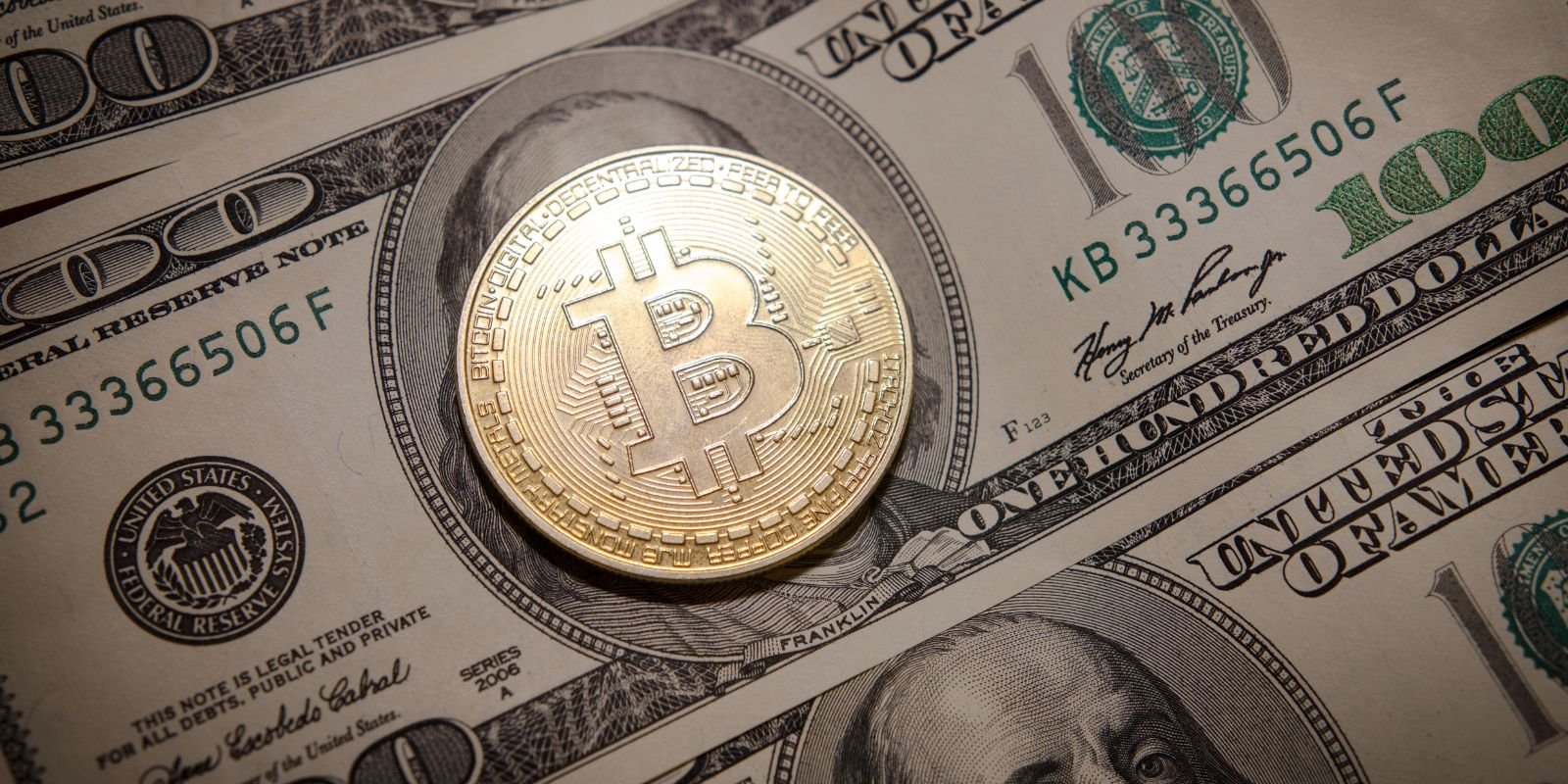Looking to invest in cryptocurrency? Learn the key differences between Bitcoin vs Stablecoin, two popular types of digital currencies. It’s hard to talk about cryptocurrencies without mentioning Bitcoin. After all, it was the first decentralized cryptocurrency and is still the most popular by far. But there’s a new digital asset in town; one that’s been gaining traction over the past few years: stablecoins.
You’ve probably heard about stablecoins, but what do you really know about them? And how do they compare to Bitcoin? It’s a fair question, as both are digital assets that live on the blockchain, but their similarities stop there.
Overview of Bitcoin vs Stablecoin
When you hear terms like “Bitcoin” and “stablecoin”, it can be hard to understand exactly what they are and how they’re different. Firstly, both Bitcoin and stablecoins are cryptocurrencies, meaning they exist on decentralized blockchain networks. But that’s where the similarities end.
Cryptocurrencies like Bitcoin are decentralized digital assets, meaning there is no centralized authority or bank controlling them. The value of Bitcoin is tied to the market it is traded—meaning that its value can be volatile over time.
Stablecoins, on the other hand, use a different approach than Bitcoin. These tokens peg their value to something external—such as the US Dollar, Euro, or Gold—which helps stabilize their value as opposed to Bitcoin’s volatile nature. In this way, stablecoins are able to provide greater stability and predictability for their users.
Comparing Bitcoin vs Stablecoin Volatility
Comparing Bitcoin and stablecoins, one of the key differences is volatility. Bitcoin is a highly volatile cryptocurrency, meaning its value can dramatically increase or decrease within a short amount of time. This can make it an attractive investment for people looking to make quick profits but also puts them at risk of quickly losing money if the market moves against them.
By contrast, stablecoins are designed to minimize fluctuations in value by being backed by assets such as USD or gold. This provides holders with much more security, allowing them to use their cryptocurrency without having to worry about wild fluctuations in value. However, it also means that they may not benefit from large gains in the same way that an investor in Bitcoin would.
Understanding Stablecoin Collateralization
If you’ve ever wondered what makes a stablecoin different from Bitcoin, this one’s for you.
Stablecoins are backed by collateral; in other words, their value is based on something else, usually a more stable asset like a fiat currency, like the US dollar. This information is often stored on the blockchain that runs the coin, so it can be verified in an immutable manner.
In most cases, smart contracts are used to initiate and manage these decentralized financial agreements between two or more parties.
This means that when somebody wants to enter into a smart contract with another party to back their stablecoin with a certain asset—say USD—the originator can post this information onto the blockchain and be introduced to a network of validators who will cryptographically verify and make sure the collateral is good before approving it.
Once the smart contract has been approved and executed, there will always be enough reserved capital (collateral) for each individual coin so that its buyers can always redeem it for its fiat equivalent.
In other words, if someone wanted to buy $1 worth of stablecoin from a platform like Coinbase, they could rest assured knowing they were getting real US dollars in return since their coin was backed by collateral.
Transaction Speed for Bitcoin and Stablecoins
When it comes to transaction speed, there’s a big difference between Bitcoin and stablecoins. Bitcoin has one of the slowest transaction speeds among cryptocurrencies and can take up to 10 minutes to process a single payment. This means that if you’re trying to make a quick payment with Bitcoin, chances are you’ll have to wait a while before it will be approved.
On the other hand, stablecoins generally have much faster transaction speeds than Bitcoin – usually in the range of just a few seconds or minutes. This makes them an ideal option for people who need to move money quickly, such as those making transactions in an online store. Additionally, most stablecoins are designed to allow multiple transactions at once without any lag or delay, making them an even more attractive option for those seeking speed and convenience.
Decentralization Differences Between Bitcoin and Stablecoins
Unlike Bitcoin, stablecoins are centralized. This means that they are issued and managed by a central entity, such as a bank. And because of this, there are some clear differences between Bitcoin and stablecoins when it comes to decentralization.
Money Supply
One major difference between Bitcoin and stablecoins is their money supply. The money supply of Bitcoin is limited and fixed to 21 million coins, while the money supply of stablecoins can be increased or decreased depending on the issuer’s discretion.
Transaction Fees
Another difference between Bitcoin and stablecoins is transaction fees. The transaction fees for Bitcoin are determined by the miners who process the transactions on the network—the higher the demand for transactions, the higher their fees will be when you want to buy or sell Bitcoin in Dubai. On the other hand, with stablecoins, there will usually be very low or no transaction fees at all as they are managed by a central entity that doesn’t need to charge miners for their work.
These differences make it clear that even though Bitcoin and stablecoins share similar characteristics in terms of being digital coins, they are two very different forms of cryptocurrency that serve different purposes in the cryptocurrency world.
Bitcoin vs Stablecoins: Advantages and Disadvantages
Now that you understand the difference between Bitcoin and stablecoin, let’s look at their advantages and disadvantages.
Advantages of Bitcoin
Bitcoin is the world’s first decentralized digital currency, so it provides complete freedom to users. Transactions are fast and secure, with no middleman such as a bank or government controlling them. As a result, you don’t have to worry about any third parties freezing your account or imposing regulations on your spending habits.
- Decentralization: Bitcoin is a decentralized digital currency, which means that it is not controlled by any central authority or government. This decentralization makes it more secure and resistant to censorship.
- Anonymity: Transactions made with Bitcoin are anonymous, meaning that you don’t have to share your personal information or identity with anyone. This can provide users with more privacy and security.
- Accessibility: Bitcoin can be used by anyone with an internet connection, regardless of their location or financial status. This accessibility can make it easier for people to participate in the global economy and access financial services.
- Lower transaction fees: Bitcoin transactions typically have lower fees compared to traditional payment methods, such as credit cards or wire transfers. This can make it more cost-effective for businesses and individuals to send and receive money.
- Transparency: Every transaction made with Bitcoin is recorded on a public ledger called the blockchain. This makes it easy to track and verify transactions, which can help to prevent fraud and increase transparency.
- Security: Bitcoin uses advanced cryptography and security protocols to protect transactions and prevent hacking and fraud. This makes it one of the most secure digital currencies available today when soemone decides to buy cryptocurrency in Dubai.
Advantages of Stablecoin
Stablecoins have some advantages over Bitcoin due to their stability. They are more suitable for large purchases and long-term investments because their value doesn’t fluctuate as Bitcoin does. This makes them ideal for storing money in a more traditional way, without the risk associated with other cryptocurrencies.
- Stability: The main advantage of stablecoins is that they offer stability in an otherwise volatile cryptocurrency market. Because stablecoins are pegged to a stable asset, such as the US dollar, their value is not subject to the wild swings seen in other cryptocurrencies.
- Lower volatility: Stablecoins are less volatile than other cryptocurrencies because they are pegged to a stable asset, which means their value doesn’t fluctuate as much. This makes them a good option for investors who want to minimize risk.
- Faster transactions: Stablecoins can be used to make transactions quickly and securely, without the need for traditional banking systems. This makes them ideal for cross-border transactions, as they can be sent and received instantly.
- Privacy: Some stablecoins offer users more privacy and anonymity than traditional payment methods, which can be important for individuals who want to keep their financial transactions private.
- Accessibility: Stablecoins can be used by anyone with an internet connection, regardless of their location or financial status. This makes them a more accessible form of currency than traditional banking systems, which may be inaccessible to some people.
- Lower fees: Because stablecoins operate on blockchain technology, they can offer lower transaction fees than traditional banking systems. This makes them an attractive option for people who want to save money on fees.
Disadvantages of Bitcoin
The main problem with Bitcoin is that its value can fluctuate significantly, which makes it difficult for people to plan for the future. In addition, its decentralization means that there is no third party to back up transactions, so if you lose access to your wallet then you may be out of luck when it comes to recovering your funds.
Disadvantages of Stablecoins
Stablecoins can also be risky investments because they are dependent on fiat currencies such as US dollars or Euros. If those currencies become unstable or experience inflation then the value of the stablecoin will decrease accordingly. In addition, because they are backed by a third party (usually a government entity), they may be subject to certain regulations that could limit their usage in certain countries.
Concluding Thoughts
In the end, it’s clear that Bitcoin and stablecoins are very different. Bitcoin is a volatile asset and its value can fluctuate drastically. Stablecoins, on the other hand, are more stable and can maintain their value over time. Both of these types of digital currency have their own advantages and disadvantages and should be used wisely.
It’s important to consider your own needs before deciding which digital currency to use Bitcoin vs Stablecoin. If you need a safe, secure, and consistent medium of exchange, then a stablecoin may be the best choice. Alternatively, if you’re looking for an asset with the potential for huge returns, then Bitcoin could be the way to go. Whichever digital currency you choose, do your research and make sure you understand the risks before investing.







